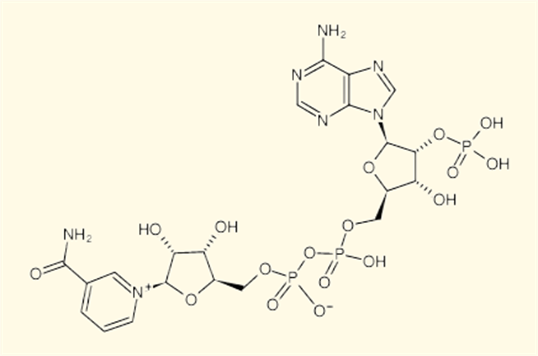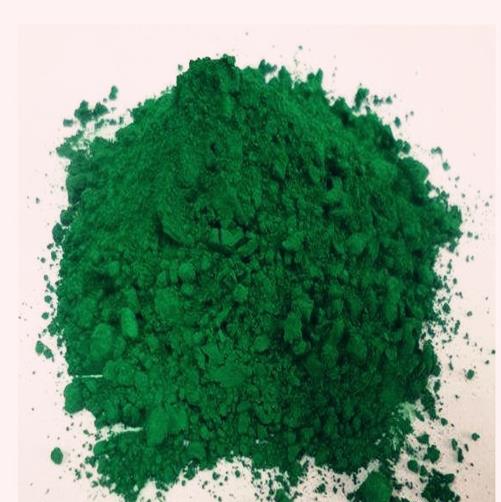Triphosphopyridine nucleotide: Introduction and Uses
What is Triphosphopyridine nucleotide?
Triphosphopyridine nucleotide (TPN), historically referred to as such, is now more commonly known as nicotinamide adenine dinucleotide phosphate (NADP+). TPN, or NADP+, is a coenzyme found in all living cells that plays a critical role in cellular metabolism. It is similar to NAD+ but has an additional phosphate group, which distinguishes it in terms of its biochemical functions. NADP+ is involved in redox reactions, particularly in the reduction of protons to form hydrogen and in the Calvin cycle of photosynthesis. It is reduced to NADPH by enzymes such as glucose-6-phosphate dehydrogenase (G6P-DH). The reduced form, NADPH, is a potent reductant used by the cell for anabolic reactions that require reducing equivalents.

Uses of Triphosphopyridine nucleotide
Photosynthesis: TPN/NADP+ is a catalyst in the photosynthetic phosphorylation process in plants, where it participates in the light-dependent reactions of photosynthesis, leading to the production of NADPH, which is then used in the Calvin cycle to fix carbon dioxide into glucose.
Redox Reactions: It is essential in many redox reactions, particularly those involving the reduction of glucose-6-phosphate to ribulose-5-phosphate in the pentose phosphate pathway, a pathway that generates NADPH for fatty acid synthesis and other biosynthetic processes.
Biosynthesis: NADPH, the reduced form of NADP+, is used as a reducing agent in various biosynthetic pathways, including the synthesis of fatty acids and cholesterol. Antioxidant Defense: NADPH is also crucial in maintaining the cell's redox balance and serves as an electron donor for enzymes like glutathione reductase, which is involved in the detoxification of peroxides and maintaining the cell's antioxidant defenses.
Prebiotic Synthesis: Research into the prebiotic synthesis of molecules that could have led to life includes studies on the triphosphorylation of nucleosides, which may have been a step towards the formation of early genetic material.
Medical and industrial applications: The metabolism of NADP+ and NADPH is closely related to the treatment of the human respiratory system, cardiovascular diseases, and a variety of diseases including cancer. The study of its interactions with different enzymes and pathways is essential for the understanding of various biological processes.
References:
[1] KLINGENBERG M. Triphosphopyridine Nucleotide (TPN)[C]. 1900: 0. DOI:10.1016/B978-0-12-395630-9.50110-9.
[2] C. R. BENEDICT H. B. Triphosphopyridine Nucleotide-linked Glyceraldehyde Phosphate Dehydrogenase in a Non-Photosynthetic Plant Tissue[J]. Nature, 1961, 191 4783: 71-72. DOI:10.1038/191071a0.
You may like
See also
Lastest Price from Triphosphopyridine nucleotide manufacturers

US $0.00/Kg/Bag2025-04-21
- CAS:
- 53-59-8
- Min. Order:
- 10g
- Purity:
- 99%min
- Supply Ability:
- 10kg

US $10.00-10.00/kg2025-04-21
- CAS:
- 53-59-8
- Min. Order:
- 1kg
- Purity:
- 99.5%
- Supply Ability:
- 100


